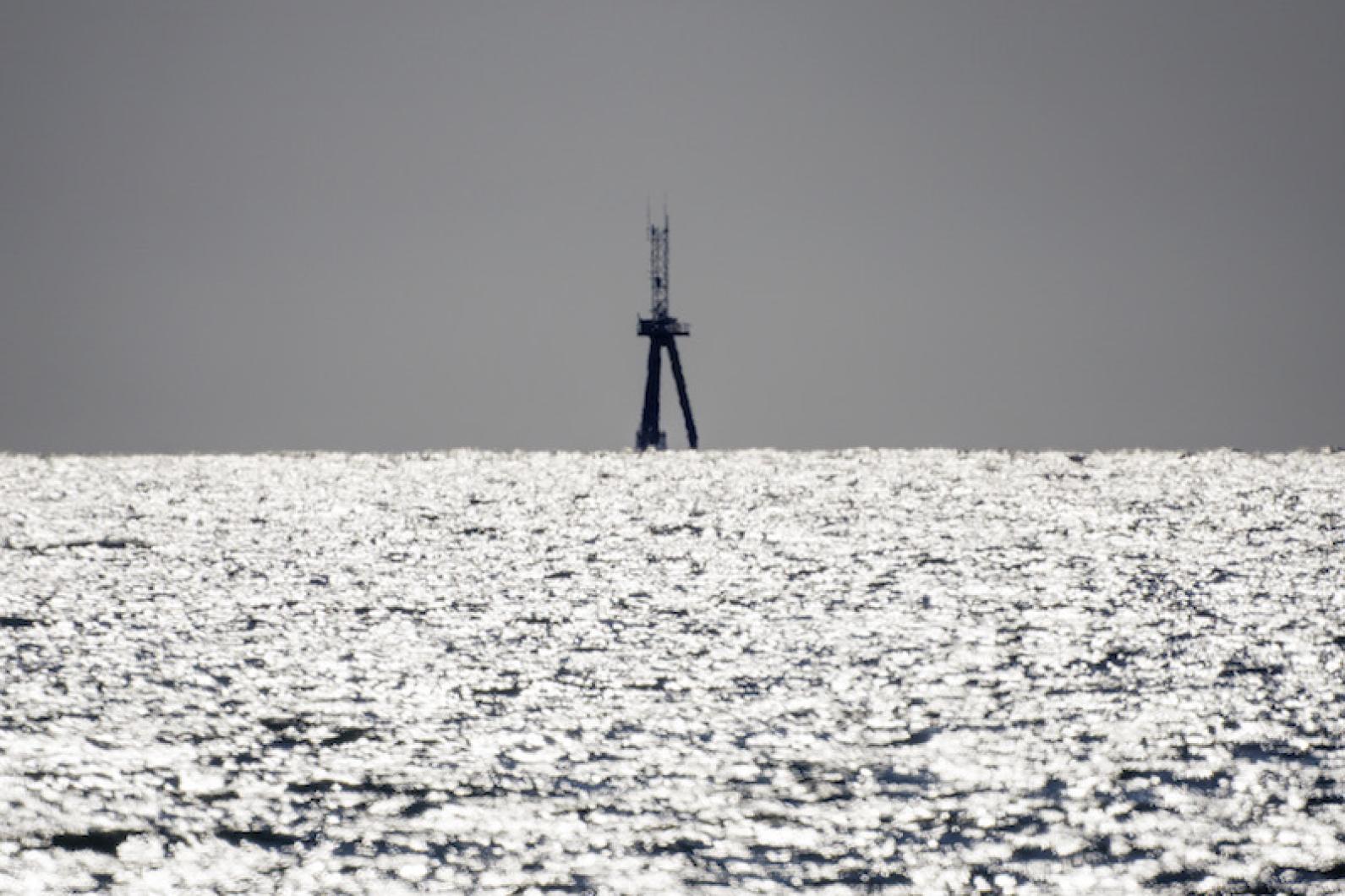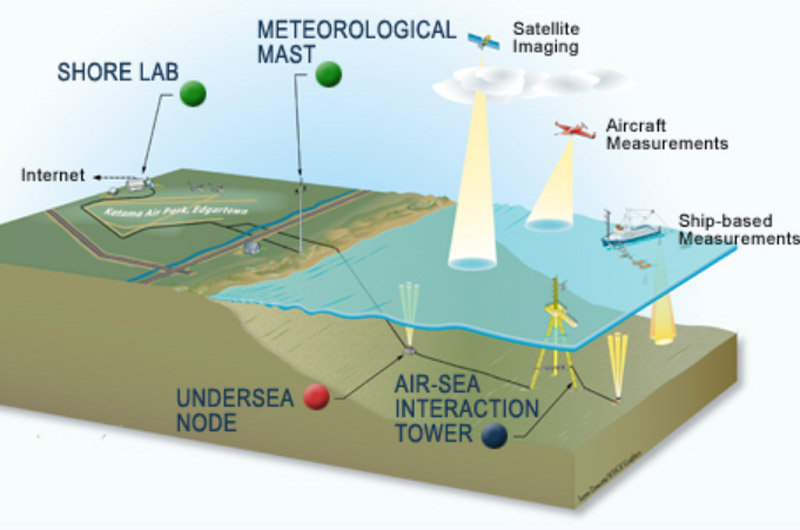The Martha’s Vineyard Coastal Observatory off South Beach in Edgartown has become part of a new long-term program aimed at better understanding ocean ecosystems and climate change in the Northeast, thanks to a $6 million grant from the National Science Foundation.
The foundation last week announced two additions to its network of long-term ecological research sites around the country: the continental shelf south of the Vineyard and the northern Gulf of Alaska. Both areas are known for their commercial fisheries and other marine resources.
Researchers at the Woods Hole Oceanographic Institution, the University of Massachusetts, Wellesley College and the University of Rhode Island plan to study the area between the Vineyard observatory and the Pioneer Array — a network of buoys and other instruments about 100 miles to the south where the continental shelf ends — to better understand coastal ecosystems and how they respond to climate change.
The new site will join about 25 other long-term ecological research sites around the country, many of which have been studied for decades.
“This area is one of the most rapidly changing on the globe,” WHOI senior scientist and program leader Heidi Sosik told the Gazette by phone Monday, noting the many effects of global warming on marine ecosystems. “The kinds of questions that we would like to answer, they can’t be addressed with a typical two or three-year small-scale scientific project. They really need an extended effort for many years, even decades. That’s why this is so exciting.”
Among other things, researchers plan to explore how different pathways in the food web change throughout the year and as a result of climate change. The program will tap into data already being collected at the Vineyard and Pioneer observatories, along with data from the National Marine Fisheries Service, a division of the National Oceanic and Atmospheric Administration. Researchers will make use of new technologies to measure organisms, and seasonal research expeditions in the region.
Given the wide-ranging influences on regional climate, the program will draw from research in the Arctic, open Atlantic and elsewhere. And the ocean itself will provide important clues to understanding the climate.
“The ocean and atmosphere are very teleconnected systems that regulate the climate, and arguably the ocean plays a bigger role in climate regulation than other parts of the planet,” Ms. Sosik said. “The challenge of course is that there’s a lot of sources of variability. So teasing out exactly what’s linked to climate versus local fluctuations from storms and weather and seasons, that takes long data sets.”
A vulnerability report on the Northeast continental shelf published last year found that climate change would likely have a negative effect on more than half the 82 marine species studied, including scallops, lobsters, oysters and channeled whelk. The report by NOAA scientists notes that many changes in productivity and distribution have already begun and will likely continue in the future.
A key goal of the Northeast program is to better understand the connections between the ocean environment, plankton food webs and fish stocks in the region. Researchers also plan to work directly with the National Marine Fisheries Service and other regulatory groups to help inform policy decisions.
“Research at the new sites will matter to everyone who eats U.S. seafood, is involved in coastal industries, and depends on the coastal oceans in any way,” Rick Murray, director of NSF’s division of ocean sciences said in a statement issued by WHOI last week. “That includes all of us, through the oceans’ importance in weather and climate, and a long list of other ‘ecosystem services’ the sea provides.”
The NSF’s long-term ecological research program has focused mostly on land-based ecosystems, leading the group to announce last year that it would add two marine sites to the network. Ms. Sosik said the proposals for the Northeast continental shelf and northern Gulf of Alaska had been up against about 50 others in a competitive process.
“The ideas that are motivating research in this region have been many years in the making,” she said, adding that the Northeast continental shelf “is both a scientifically and societally important ecosystem for this kind of study.”
Eventually the program will include public outreach in the form of classroom activities and multimedia museum exhibits, Ms. Sosik said. She said she expects the program itself to expand over time, with dozens of students and professional investigators taking part. The program has yet to involve any groups on the Vineyard, although training sessions may be offered in the future.
The WHOI buoy, as the coastal observatory is known on the Island, will be outfitted with new instruments after the program launches in September. The first expeditions are planned for late fall.








Comments (2)
Comments
Comment policy »